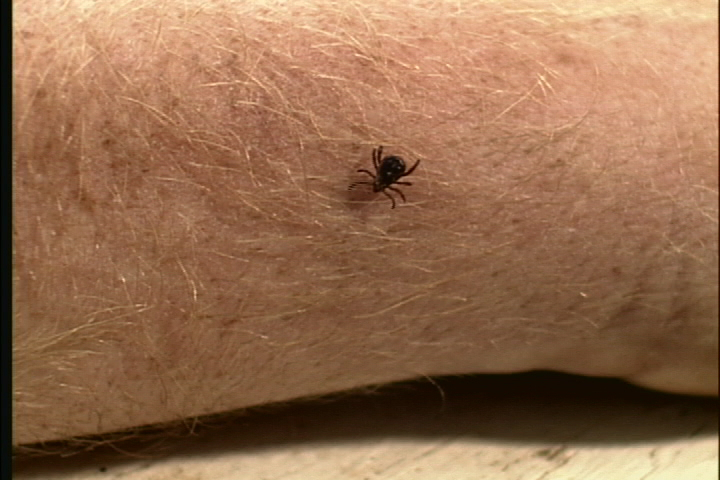
Most victims are even unaware that a tick has bitten them due to the neurotoxins contained in its saliva which numbs the affected area. It is very challenging to identify a tick bite mainly because the bite mark quickly disappears. Paralysis occurs when the victim fails to remove the parasite as it renders the respiratory muscles paralyzed. It may become infected during tick removal or even the healing process. The bitten area could become infected which may lead to further complications. To prevent the bite site from getting infected.
#TICK BITE PICTURES SKIN#
This makes it very important to remove the tick immediately as soon as it is discovered latching onto the skin to prevent the disease from spreading. The bite of a tick might carry certain diseases that may eventually lead to serious medical problems. There are very good reasons why people should seek treatment when bitten by a tick. They do this by embedding their barbed mouth into their host’s skin, piercing deep into the small blood vessels. Ticks bite to suck blood from their host. They also live near streams, burrows, nests and lakes. They are commonly found in areas where they can meet their host such as bushy areas of plants, weeds, trees and grass. They attach themselves to their host whenever they get the chance to do so. Ticks feed on the blood of humans and animals. People can get bitten by a tick in several ways: Sponsored link How do people get a tick bite? If the symptoms become severe and a sore develops, it would be best to visit the doctor. Generally, treatment begins by removing the tick and cleaning the affected area then applying topical creams to relieve itching and swelling. There are a whole lot of ways to treat a tick bite and its accompanying symptoms. Treatment is also important in preventing infectious diseases from spreading further. Tick bites should be treated to address the discomforting symptoms and prevent secondary infections from happening. Some may develop a bulls-eye rash on the bite site which indicates Lyme Disease. The victim of the bite may notice visible swelling and itchiness on the bite site, accompanied by fever, muscle and joint pains and fatigue. The effects of the bite varies from person to person depending on the kind of tick involved, the disease or infection it is carrying and the person’s hypersensitivity to the bite. It is important to seek medical attention if there are concerns of disease transmission from a tick bite.A tick bite can be a host to a variety of illnesses which can be either mild or severe.

The deer tick as well as the lone star tick carries Lyme disease caused by the bacteria Borrelia burgdorferi. Ehrlichia is known to attack healthy blood cells. Ehrlichiosis is caused by the transmission of the bacteria Ehrlichia by tick bite. The American dog tick transmits Rocky Mountain spotted fever most commonly. Tick-borne diseases can be serious if not treated. It is imperative to seek medical attention if any such symptoms appear. If you cannot remove the tick, experts suggest that you call your doctor. Put the tick in a jar for identification later. If a tick has bitten you, remove the tick carefully. Furthermore, victims of tick bites may not test positive for tick-borne diseases until long after exposure. If transmission occurs, symptoms are not always obvious until ticks detach from their hosts. Tick bites do not always result in disease transmission. More often than not, humans are not aware of having been bitten by ticks.


 0 kommentar(er)
0 kommentar(er)
